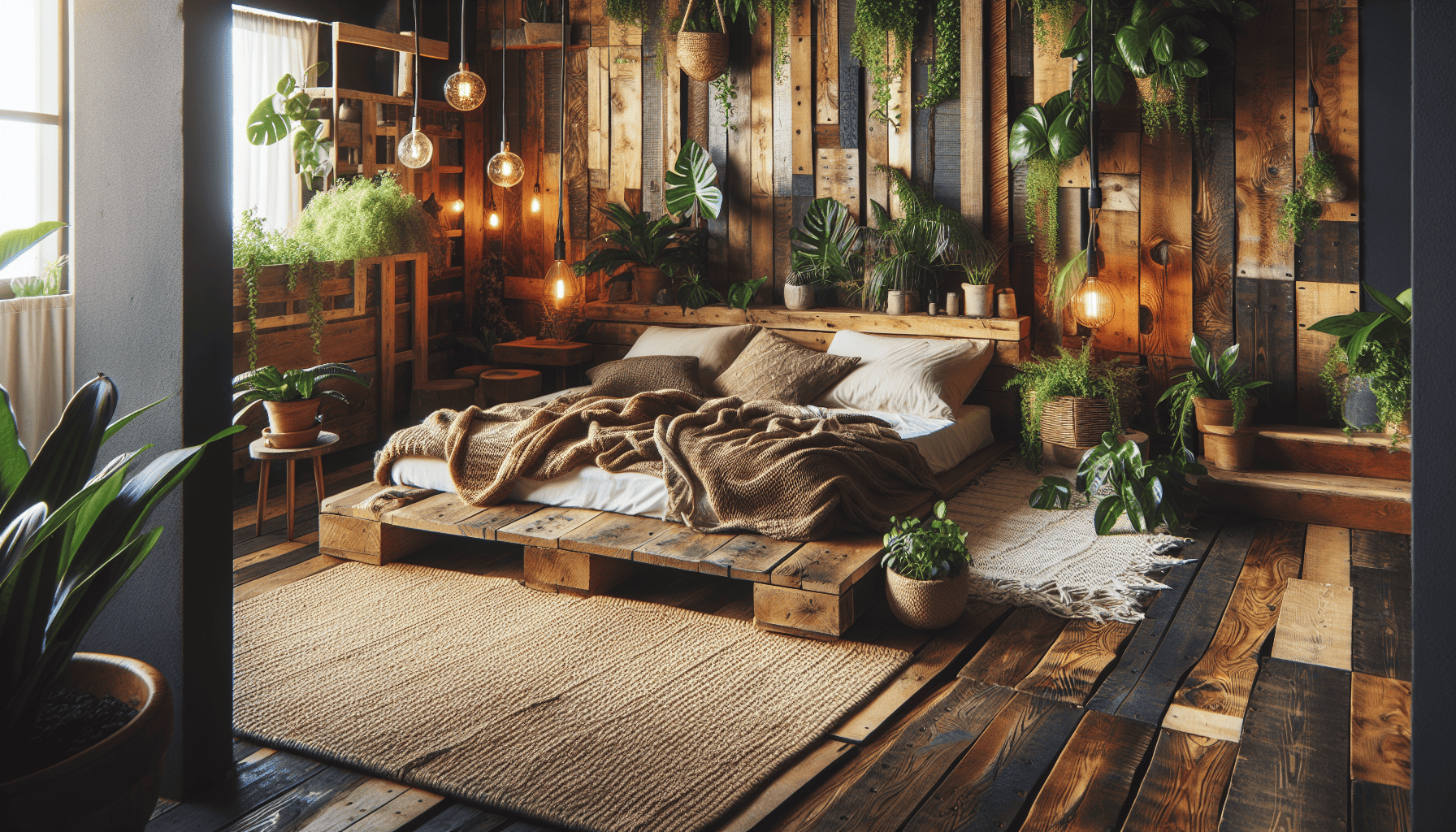In recent years, the focus on sustainability and environmental impact has permeated all aspects of our lives, including the interiors of our homes. Choosing eco-friendly interior materials is not only a stylish choice but also a responsible one, ensuring the well-being of our planet and the health of our families. Here's a guide to some of the best eco-friendly materials that are both beautiful and kind to the environment.
1. Reclaimed Wood
Reclaimed wood has become increasingly popular, and for good reason. It adds character and warmth to any room while reducing the demand for new lumber. Using wood that has been salvaged from old buildings, barns, or wine casts helps conserve forests and reduce landfill waste. Moreover, it comes with a naturally weathered patina that adds unique depth and history to your living spaces.
2. Bamboo
Bamboo is one of the most sustainable materials available. It grows quickly and regenerates without needing to be replanted, making it an excellent renewable resource. Bamboo can be used for flooring, furniture, or even decorative elements. It has a modern look, is incredibly durable, and is resistant to both moisture and pests.
3. Cork
Cork is another highly renewable resource harvested from the bark of cork oak trees without harming the tree itself. It's natural, biodegradable, and recyclable. Cork is not only environmentally friendly but also provides excellent insulation, both thermal and acoustic, making it an ideal choice for flooring and wall coverings.
4. Natural Stone
Natural stone such as granite, marble, or soapstone is a beautiful option that is both durable and sustainable when sourced responsibly. Stone requires less processing than many other materials, reducing energy consumption. It is long-lasting and can be restored or repurposed, decreasing demand for replacement materials over time.
5. Low-VOC Paints and Finishes
Traditional paints and finishes can release volatile organic compounds (VOCs) that impact indoor air quality and contribute to health problems. Low-VOC or VOC-free paints are formulated to significantly reduce these emissions, making them a healthier choice for your home's interior. They are available in a wide variety of colors and finishes, ensuring no compromise in aesthetic value.
6. Recycled Metal
Metals such as aluminum, steel, and copper are frequently recycled and can be used in various interior applications, from furniture to fixtures. Recycled metal reduces the need for mining and new production, which often consumes more energy and resources. Additionally, metal can give your home a sleek, modern look.
7. Hemp Fabrics
Hemp is an eco-friendly material that is cultivated with little water and no pesticides. It is an incredibly robust and versatile fiber that can be transformed into various interior elements, including upholstery, curtains, and rugs. Hemp fabrics are biodegradable, making them an excellent choice for sustainable living.
8. Wool Carpeting
Wool is a natural, durable, and soft material that is not only comfortable underfoot but also biodegradable and renewable. Wool carpets have a natural resistance to stains and water and can help regulate indoor humidity. Opt for wool that is organically sourced to ensure environmental sustainability.
Choosing eco-friendly interior materials is a testament to thoughtful living. More than just a design statement, it reflects a commitment to safeguarding the environment and promoting a healthier lifestyle. As consumers become more environmentally conscious, the demand for sustainable materials continues to grow, encouraging innovation and greater availability. Transform your home into a green haven by incorporating these sustainable materials, and enjoy the peace of mind that comes with knowing you've made a beneficial choice for your family and the planet.
